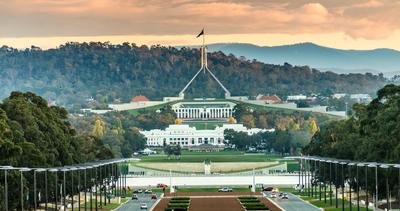Terms beginning with S
Septoria
A fungal disease of wheat and to a lesser extent of barley and oats. The spores of septoria are spread by rain splashes and a wet spring can promote a severe infection. Septoria reduces the number, size and quality of grains produced. The yield of an infected crop may be cut by up to 40% and in some cases it may not be worth harvesting.
Serving
Making an animal pregnant naturally or by artificial insemination.
Set-Aside
Land that arable farmers must take out of production for one or more years. In exchange for setting aside the land from production the farmer receives compensation for the crop he would otherwise have grown
Shearling
A young sheep between its first and second shearing. Sheep are normally sheared once a year.
Silage
Grass or other crops that have been cut, allowed to wilt but not completely dry out, and are then preserved in plastic wrapping or in a large mound or pit (called a clamp) from which all air is excluded. Silage is fed to livestock through the winter when fresh grass is not available.
Slurry
Animal dung mixed with water or urine. It can be stored in a slurry lagoon before being spread on fields as a fertiliser.
Speaning
Northern term. Weaning, especially of lambs.
Steer
See Bullock.Stirk
See Bullock.Stogging
(West Country) see poaching.
Stores
Animals bred for meat production sold before they are ready to be killed. A farmer breeds them and rears them through their early life when they are at greatest risk from disease but because they are small they need relatively little food. They are sold as stores to someone who has plenty of feed available and specialises in fattening them.
Straights
Single ingredient animal feedstuffs. 'Straight' barley means just barley and nothing else. Farmers may buy or grow two or three straights and mix them to produce a balanced diet.
Suckler Cow
The mother of a calf raised for beef production
Sawlogs
Sawlogs are logs of suitable size and quality for milling into sawn timber, veneer, poles or sleepers.
Sawmill
A sawmill is a factory where sawlogs are sawn into boards.
Sawmill Residue
The leftovers after sawing, including sawdust.
Sawn Timber
Solid timber that has been cut into boards for use in construction or furniture.
Sclerophyll Forest
A forest community dominated by eucalypts. The term sclerophyll refers to plants with hard, thick leaves.
Secondary Forests
See regrowth forest.Selective Harvesting
Is where small groups or single mature trees are removed, together with some thinning of the forest stand to encourage regeneration and maintain an uneven aged stand.
Shelterwood System
A silvicultural system in which trees are removed in a series of cuts designed to achieve a new even-aged stand under the shelter of remaining trees.
Silviculture
Silviculture is broadly defined as the care and management of forests. 'A "silvicultural system" is a planned method of forest management in which the protection, regeneration, tending and utilisation of the crop are incorporated into the objects of management.' (MR Jacobs 1955 Growth habits of the Eucalypts Commonwealth Government Printer, Canberra p.183)
Softwood
A softwood is the wood from a conifer, such as a pine tree. Tree species defined by anatomical characteristics that commonly (but not always) produce softer, lighter timber. Pinus is the principal softwood plantation genus in Australia.
Species
A group of biological entities that interbreed to produce fertile offspring, or possess common characteristics derived from a common gene pool. (Environment Protection and Biodiversity Conservation Act 1999 definition)
State Forest
Publicly owned forests that are managed by State or Territory governments for multiple purposes, including the production of timber.
Sustainable
Sustainable refers to the level or intensity of use of a resource (such as a forest) being such that the activity can be done now without reducing the possibilities for future generations use of the resource.
Sustainable Yield
Sustainable yield refers to the amount of timber that may be harvested from a forest without the forest qualities declining in the long term. It varies over time, as forests grow and change, and is not constant.








Social Assessment
Increasingly an aspect of project planning and Environmental Impact Assessment, Social Assessment is a process which supports stakeholder participation and makes explicit the social factors that affect development impacts and results. In many cases it can improve design and delivery and forestall unforeseen consequences of project design that frequently occur without social science input.